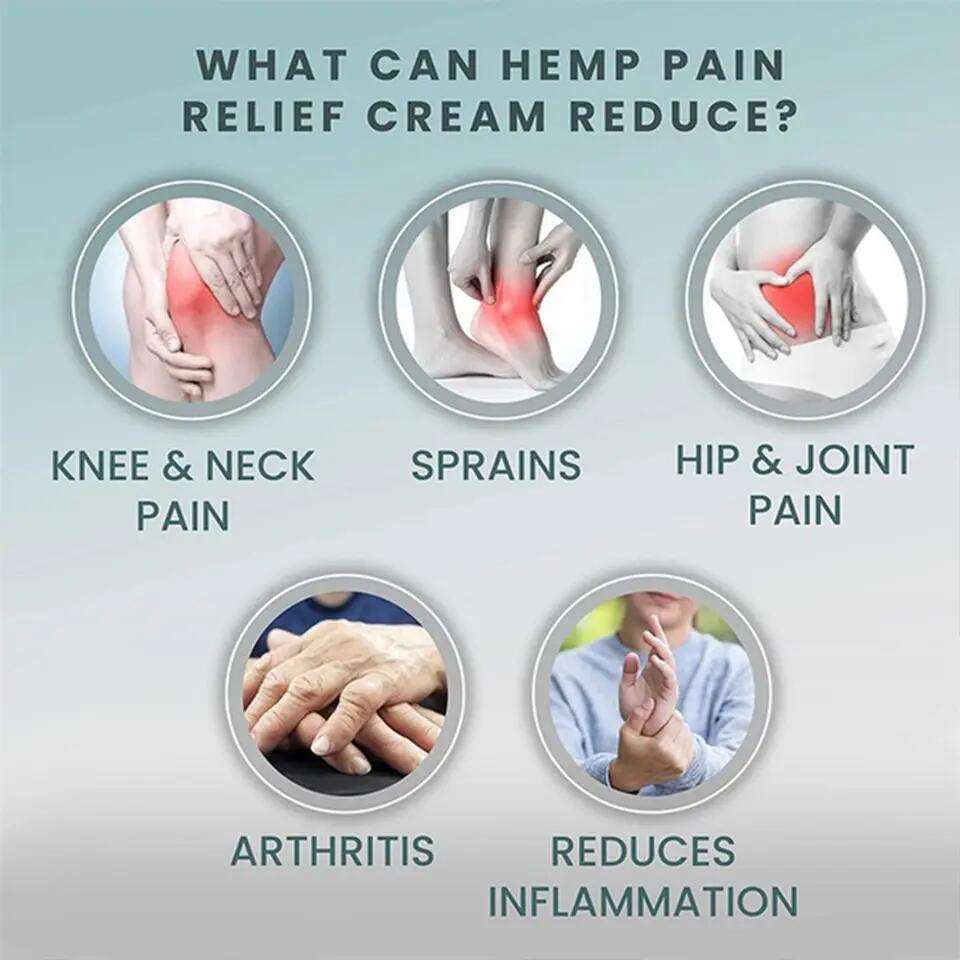Pain relief creams have become increasingly popular as an alternative to oral medications for treating minor aches and pains. These topical analgesics provide targeted pain relief by delivering active ingredients directly to the source of pain. In this comprehensive guide, we’ll explore the benefits of pain relief creams, examine the science behind how they work, provide tips for selecting the right product, and compare the most effective active ingredients.
Topical analgesics offer many advantages over oral pain medications. Because they are applied directly to the skin, pain relieving ingredients can be delivered to specific areas without circulating through the entire body. This localized effect allows for faster acting relief. It also reduces systemic side effects that can occur with oral analgesics like NSAIDs or opioids. Pain relief creams are easy to apply and provide cooling or warming sensations that feel soothing. They are safer to use in high risk populations like the elderly or those with medical conditions that contraindicate oral analgesics.
The main mechanisms by which topical pain products work involve interrupting pain signals to the brain. Active ingredients like menthol, camphor, and capsaicin interact with sensory nerves endings in the skin to provide feelings of cooling or heating. This counters the pain sensation traveling along the same neural pathways. Other ingredients may reduce inflammation that sensitizes pain receptors. Some topical analgesics enhance penetration of natural endorphins that alleviate pain. The combined effect provides temporary pain relief to allow healing.

With so many pain relief creams on the market, it can be hard to know which one is right for your needs. Look for products marketed specifically for the type of pain you want to treat. Ingredients like menthol work well for sore muscles while capsaicin is better for arthritis pain. The concentration of active ingredients should be adequate to provide relief. A cream format often absorbs better than gels or sprays.
For fast-acting pain relief, look for creams containing menthol, an organic compound derived from mint plants. The cooling sensation helps override pain signals and provide temporary numbness. Another quick option is camphor, a waxy substance with mild anesthetic properties. It’s particularly useful for treating muscle aches and sprains when combined with other analgesics.
Capsaicin, the active component of chili peppers, is best for treating osteoarthritic and nerve pain. It works by depleting substance P, a neurotransmitter for pain signals, when used regularly. For inflammatory conditions, a cream with a natural compound like curcumin may help reduce swelling and discomfort.
Whatever ingredient you choose, look for a high quality brand that uses well-researched formulas. Follow dosage instructions carefully and discontinue use if any reactions occur. With an effective pain relief cream, you can get targeted relief without the need for oral pain medication in many instances. Consult your doctor if pain persists despite correct use of a topical analgesic.
